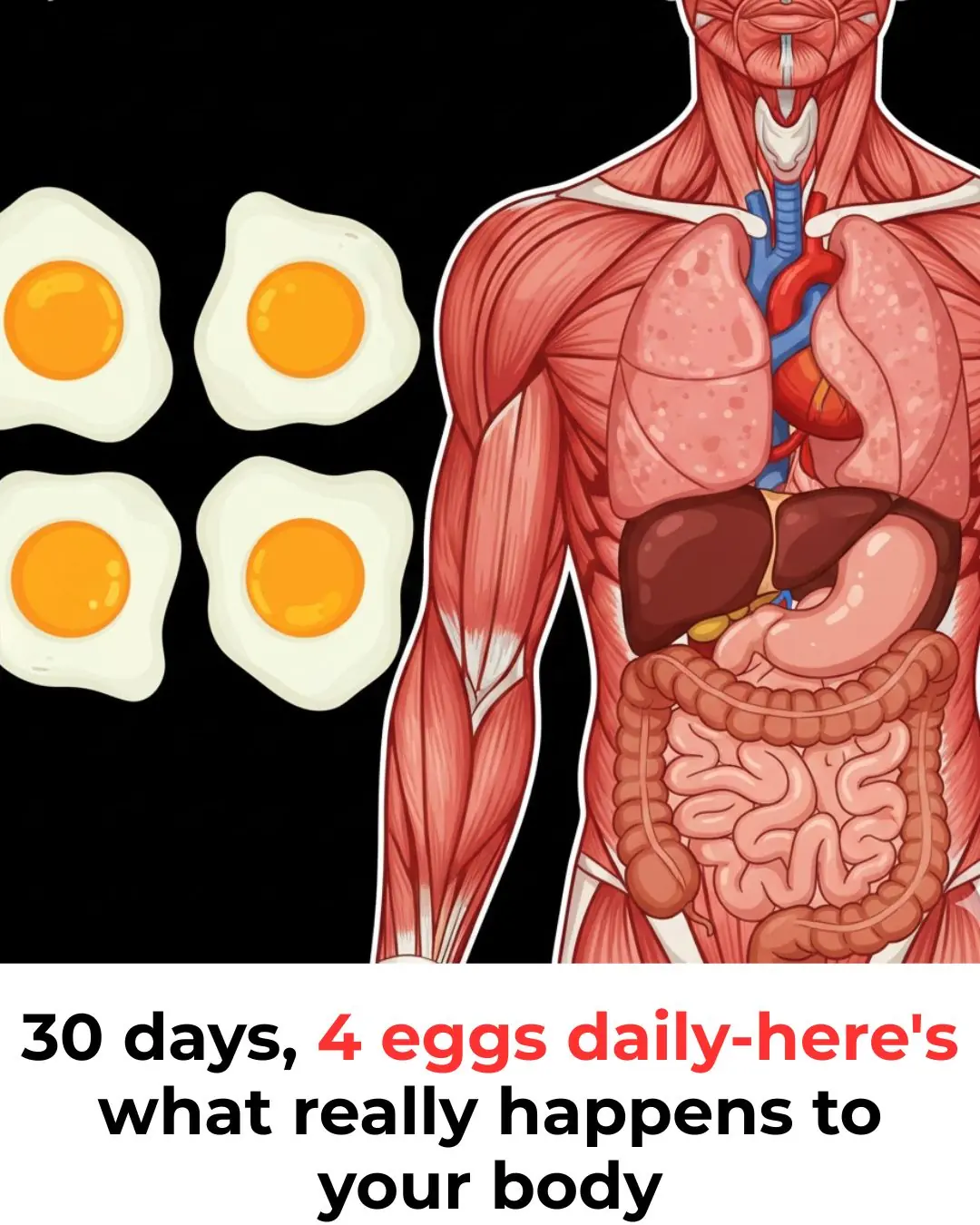
The simple circulation secret that can reduce varicose veins naturally

Have you spotted the first hints of spider veins or even bulging varicose veins and dismissed them as a purely cosmetic issue? The truth is far more serious: these are early warning signals that your circulatory system isn’t operating the way it should—like a busy highway where traffic has silently come to a halt.
Today, we’re going to uncover the subtle signs you may be brushing aside, the everyday mistake that quietly worsens your vein health, and three powerful natural remedies backed by modern insights—including those of vascular specialist Dr. Iñigo Martín. By the end of this guide, you’ll understand exactly what your legs need to function at their best.
Meet Your Legs’ Best Ally: Your “Second Heart”
To understand how to restore healthy circulation, you must first meet the most important muscle group in your lower body: your calves. Often referred to as your “second heart,” these muscles play a crucial role in pushing blood upward every time they contract. With each step, they squeeze the deep veins in your legs, propelling blood back toward your heart—defying gravity with remarkable efficiency.
But here’s the catch: if you spend long hours sitting, standing still, or leading a mostly sedentary lifestyle, this powerful pump goes dormant. When it’s not activating regularly, circulation slows, pressure builds, and symptoms begin to appear. The good news? Your calves can recover, and you have far more influence over this process than you might think.
Key Takeaways
-
Your Calves = Your “Second Heart”
Active calf muscles pump blood upward. Inactivity deactivates this vital mechanism and causes blood to pool. -
Early Warning Signs Matter
Symptoms like swelling, discoloration, itching, and nighttime cramps are not trivial—they are early alerts of circulatory stress. -
The Hidden Saboteur: Sodium
Most sodium doesn’t come from table salt but from packaged and processed foods. Excess sodium causes fluid retention and pressure in your veins. -
Natural Support Exists
Red Vine Leaf, Green Tea, and Horse Chestnut contain active compounds that strengthen vein walls and support healthy blood flow.
1. Listen to Your Body: The Early Warning Signs of Poor Circulation
Your body rarely stays silent when something is wrong. Before a vein becomes visibly inflamed, it whispers through subtle discomforts. One of the earliest signs is the sensation of “heavy legs” by evening—a lead-like weight deep inside the leg, distinct from simple muscle fatigue. It’s the kind of heaviness that makes you want to sit down and elevate your feet as soon as you get home.
As circulation becomes more impaired, new symptoms appear. Ankles and feet begin to swell, especially after long hours upright. The marks left by tight socks or the feeling of shoes becoming snug by the end of the day are not coincidences—they’re evidence of fluid leaking from over-pressurized veins.
Nighttime may bring sharp calf cramps, sudden spasms that wake you from sleep, or an unexplained itchiness around the ankles. This itch doesn’t come from dry skin—it’s stagnant blood irritating tissues around the poorly functioning veins.
One of the most advanced warnings is skin discoloration around the lower legs or ankles. It may start subtly, with red or purple patches, eventually darkening into a brownish hue as iron pigments accumulate beneath the skin. At this stage, the circulatory system is struggling significantly.
The earlier you respond to these signs, the easier it is to prevent progression.
2. Unmasking the Hidden Culprit: Excess Sodium
Lack of movement is one major contributor to vein problems—but there is another hidden villain quietly damaging your veins every day: excess sodium. And no, the problem isn’t the salt shaker on your dining table.
A massive 75% of the sodium the average person consumes comes from processed foods. Canned soups, packaged breads, deli meats, frozen meals, sauces, snacks—even “healthy” vegetarian foods—are often loaded with hidden salt to preserve flavor and extend shelf life.
Why is this harmful? Sodium pulls water into your bloodstream. When you consume too much, the body retains fluid to maintain balance. This extra fluid increases blood volume and pressure, stretching and weakening the thin vein walls. Over time, valves inside the veins lose their ability to close properly, causing blood to flow backward and pool in your legs.
To protect your veins, begin reading labels carefully. As a simple rule:
-
Over 500mg of sodium per 100g = red flag
-
Fresh, whole foods are always the safest choice
Reducing sodium can noticeably reduce swelling and heaviness in as little as a few days.
3. Make Gravity Work For You: The Power of Leg Elevation
Gravity works against your veins all day long, forcing them to push blood upward. But with one simple movement, you can flip the situation entirely.
Elevating your legs—especially by resting them vertically against a wall—allows gravity to reverse the direction of blood flow. The pooled blood drains smoothly back toward your torso without any effort from your veins or calf muscles. This method works like turning an hourglass upside down.
Try this routine at the end of the day:
-
Lie flat on the floor or your bed
-
Raise your legs straight up against a wall
-
Relax for 10–20 minutes
If that’s too intense, simply elevate your feet with two or three pillows until they are higher than your heart. The relief is usually immediate: swelling decreases, the burning sensation calms down, and your legs feel noticeably lighter.
Doing this daily gives your veins valuable recovery time and prevents progressive weakening.
4. Red Vine Leaf: Nature’s Botanical Shield for Stronger Veins
Farmers in French vineyards have used red vine leaves for centuries to ease the strain of long days standing in the fields. Modern research has confirmed their traditional wisdom.
Red Vine Leaf is rich in flavonoids, which act like a protective sealant for your blood vessels. They strengthen and tighten the walls of veins and capillaries, making them less permeable. This reduces leakage, swelling, and the feeling of heaviness in the legs.
Benefits include:
-
Reduced swelling in ankles and feet
-
Less “heavy leg” discomfort
-
Improved appearance of spider veins due to better microcirculation
Standardized extracts provide the most consistent results. With regular use, many people begin to notice improvements within a few weeks, with stronger effects after two to three months.
5. Green Tea: The Natural Flexibility Enhancer (But Follow This One Rule)
Green Tea is well-known for its antioxidant benefits, but few people realize how powerful it is for circulation. Its catechins help maintain the elasticity and flexibility of your blood vessel walls, keeping them healthy and responsive.
They support the endothelium, the inner lining of veins responsible for producing nitric oxide—a molecule that helps veins relax and dilate smoothly.
However, one common habit cancels out these benefits completely:
Never mix green tea with dairy milk.
The casein proteins in dairy bind to catechins, making them nearly impossible for your body to absorb. Instead, enjoy green tea:
-
Plain
-
With lemon (best for absorption)
-
Or with non-dairy milk
Just this small change can significantly amplify its circulatory benefits.
6. Horse Chestnut: The Ultimate Vein-Toning Powerhouse
When it comes to strengthening vein walls, Horse Chestnut is one of the most studied and trusted botanicals. Its active compound, aescin, has a strong venotonic effect—meaning it helps tighten and firm your veins from within.
Aescin also reduces the permeability of capillaries, preventing fluid leakage and swelling. This internal strengthening is similar in effect to wearing compression stockings, but it works from the inside out.
Benefits include:
-
Reduced swelling
-
Relief of itching, heat, and discomfort
-
Less tension in the lower legs
-
Stronger, more resilient veins over time
Always choose a standardized extract with esculin removed, as quality supplements will clearly indicate this. Consistency is key—most people see meaningful improvement after several weeks, with greater benefits over several months.
Conclusion
Your legs aren’t simply tired, and those veins aren’t just cosmetic concerns—they are messages from your circulatory system. And the good news is that your body is incredibly responsive once you give it the support it needs.
By making simple daily changes—moving more, lowering sodium intake, elevating your legs, and incorporating powerful natural allies like Red Vine Leaf, Green Tea, and Horse Chestnut—you can strengthen your veins and dramatically relieve discomfort.
Start today.
Listen to your legs when they whisper instead of waiting for them to shout.
Small, consistent habits can completely transform the way your legs feel and function—now and for years to come.
News in the same category


You’ve Been Taking The Wrong Type of Magnesium All This Time

This Salt, Pepper and Lemon “Miracle-Mix” Can Help Solve 9 Problems
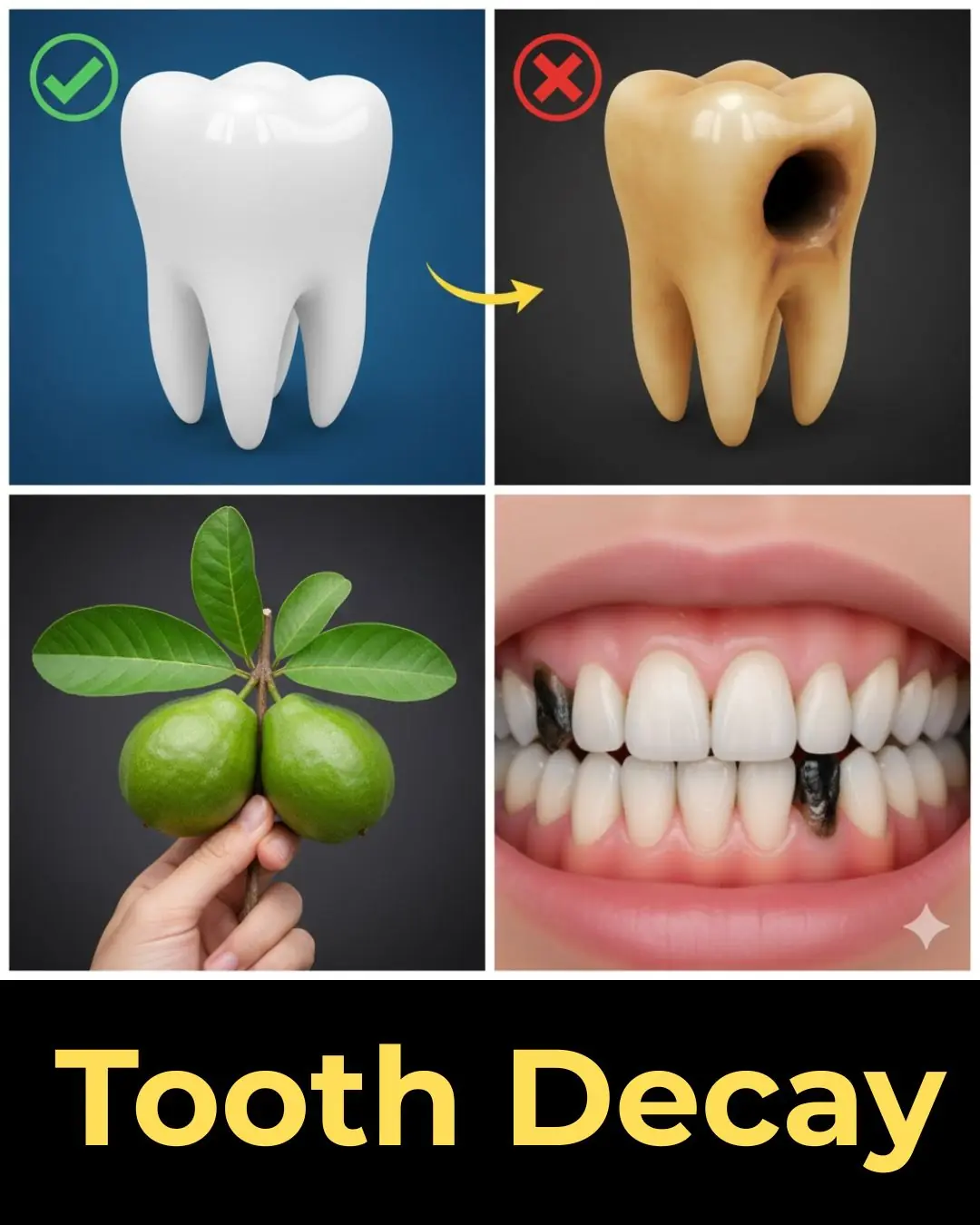
Tooth Decay Repair with Natural Remedies: Can Guava Leaves Help?
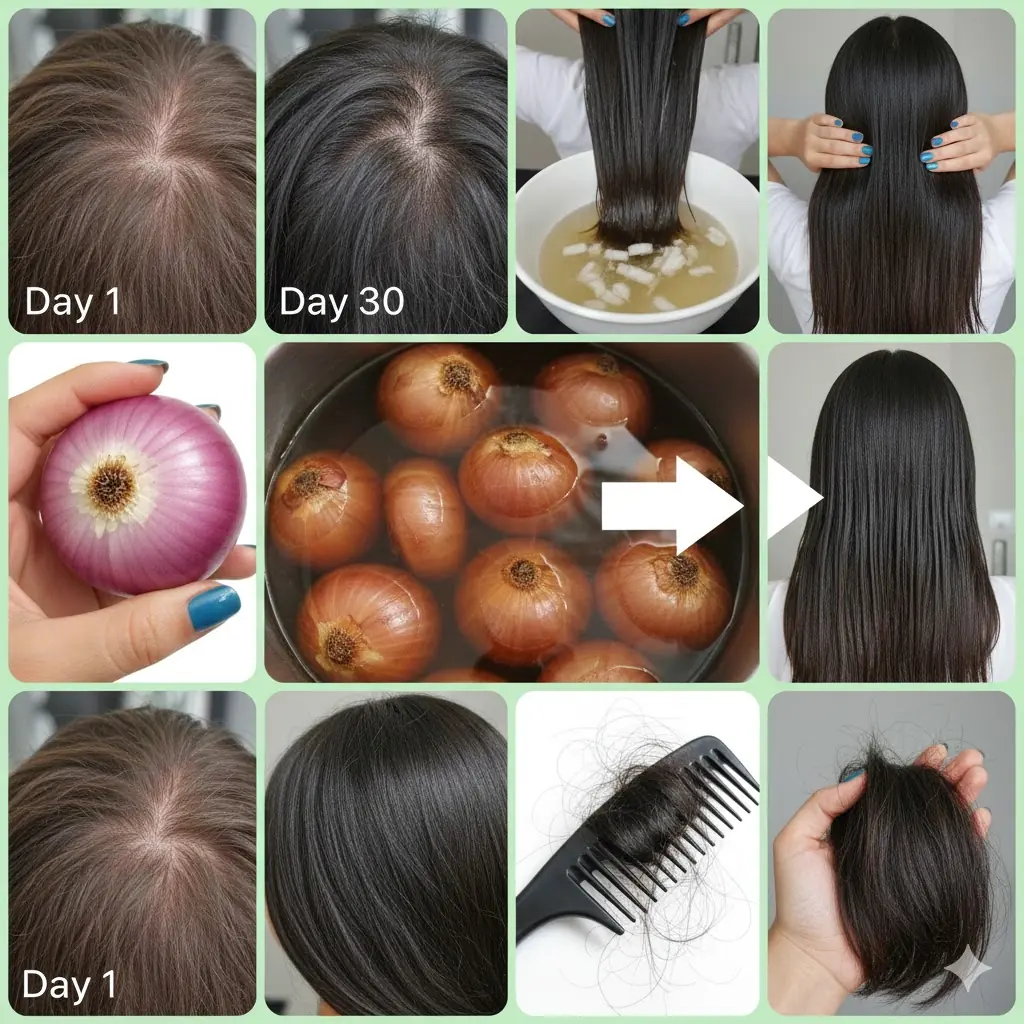
Onion Oil for Hair: The Smelly Secret to Long, Lush Locks
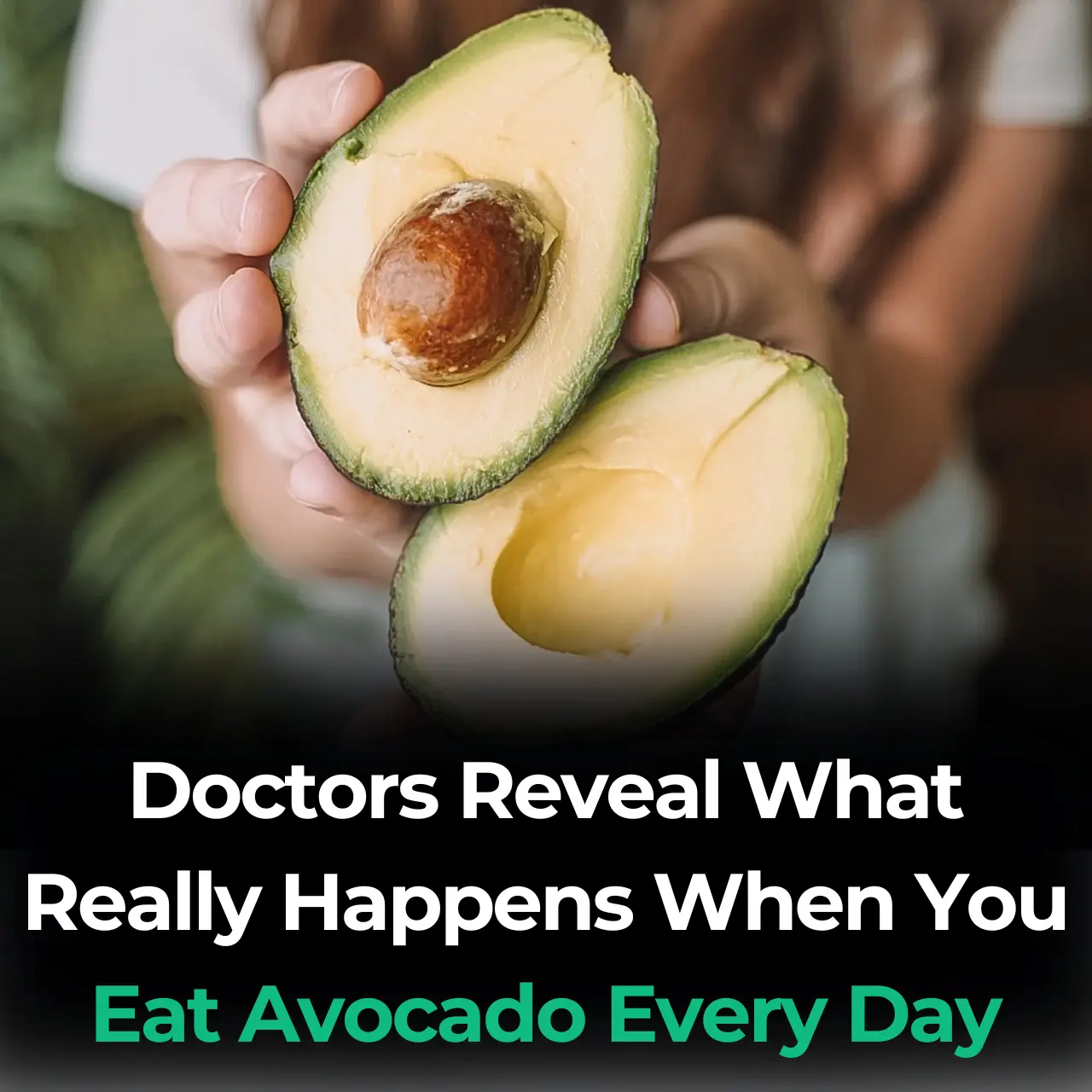
Doctors Reveal What Really Happens When You Eat Avocado Every Day
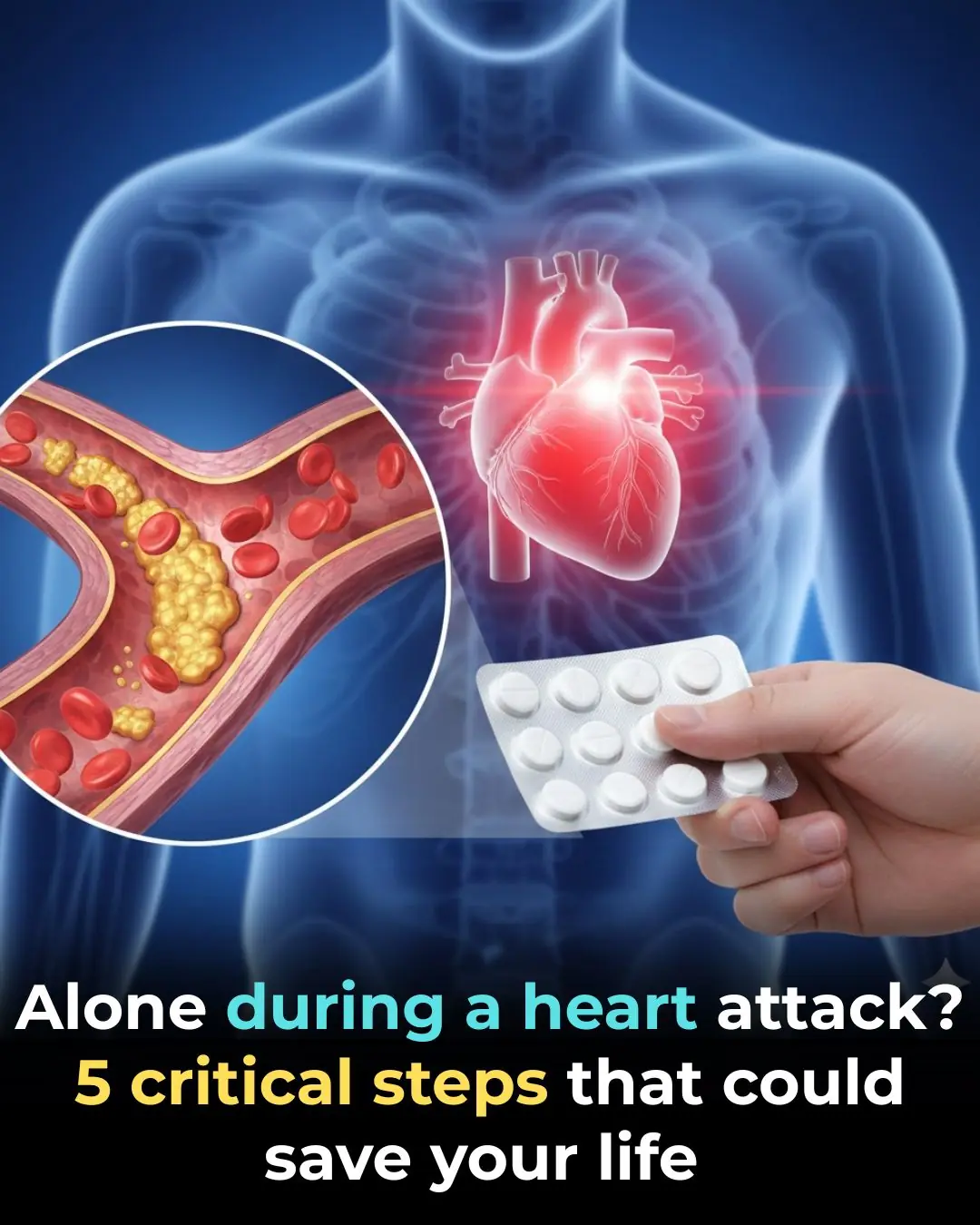
Home Alone During a Heart Attack …5 Critical Steps That Could Save Your Life

The Best Tea to Start Your Morning and After Dinner: A Powerful Blend for Wellness
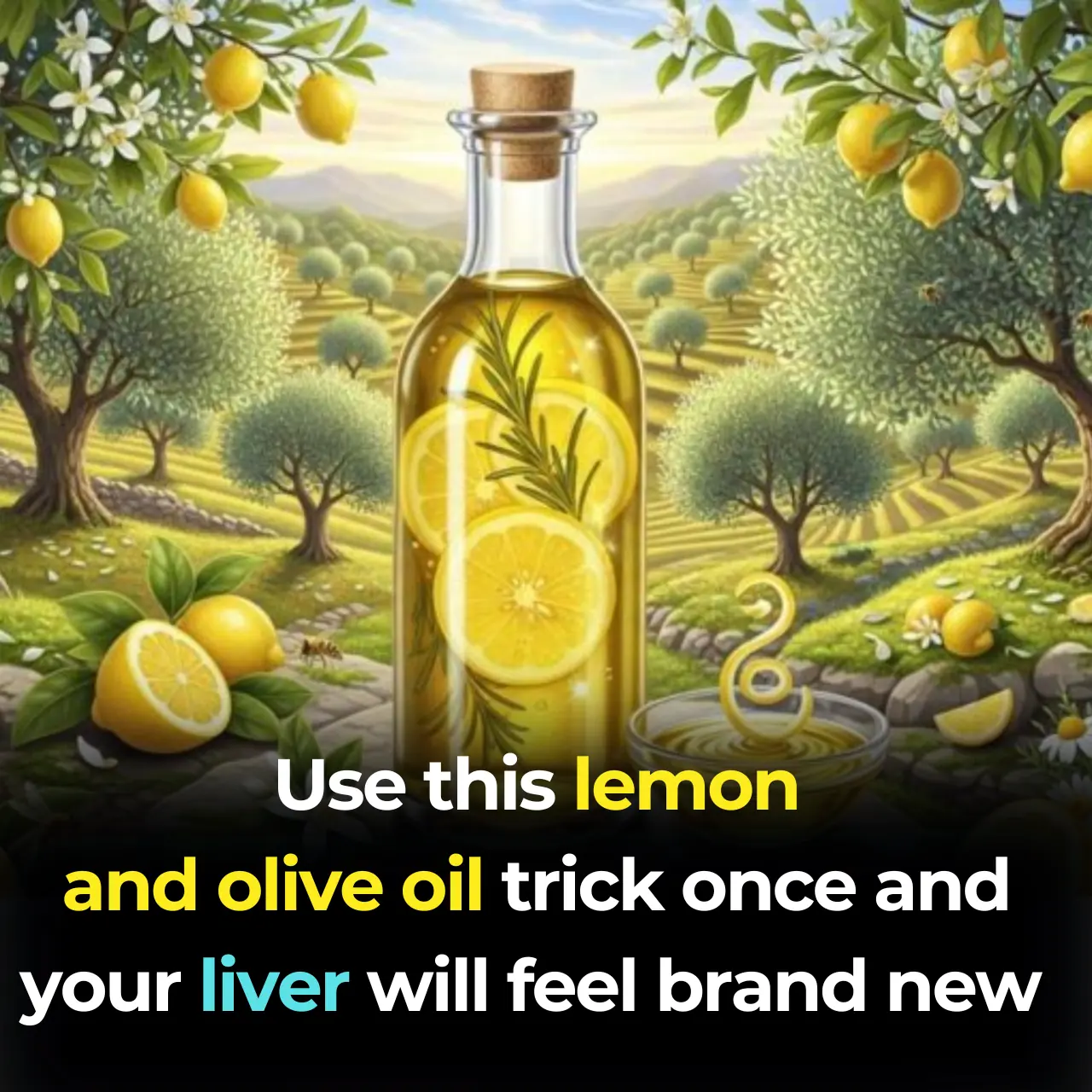
A Powerful Mixture for Cleansing Your Liver (2 Ingredients)

Studies Link Soda To Depression, Kidney Damage, Heart Attacks And Brain Damage
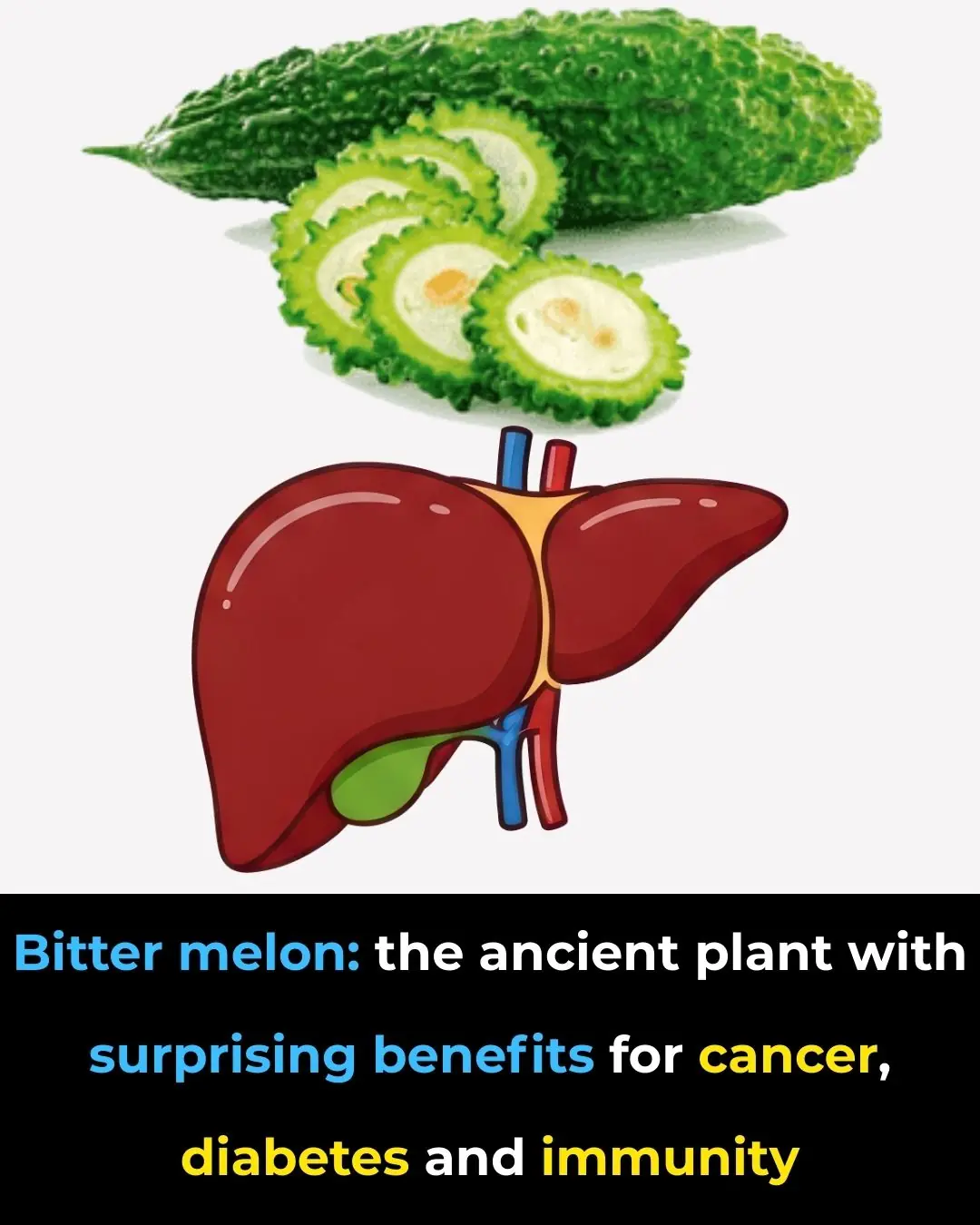
The Plant That Kills Cancer Cells, Stops Diabetes And Boosts Your Immune System!

7 powerful vitamins you need for strong, healthy legs

10 signs you’re eating too much sugar
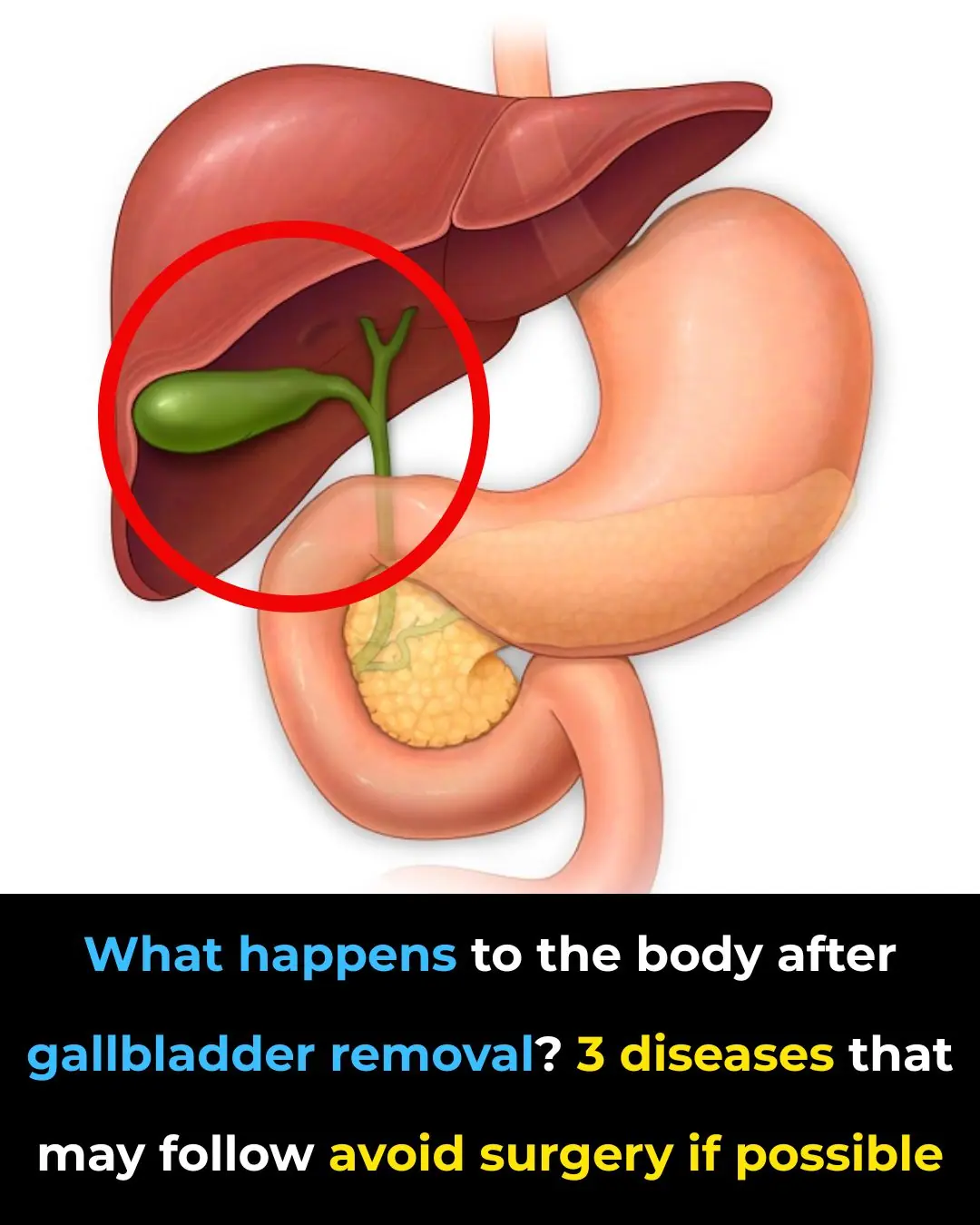
Gallbladder removal: what happens next and 3 risks to watch for
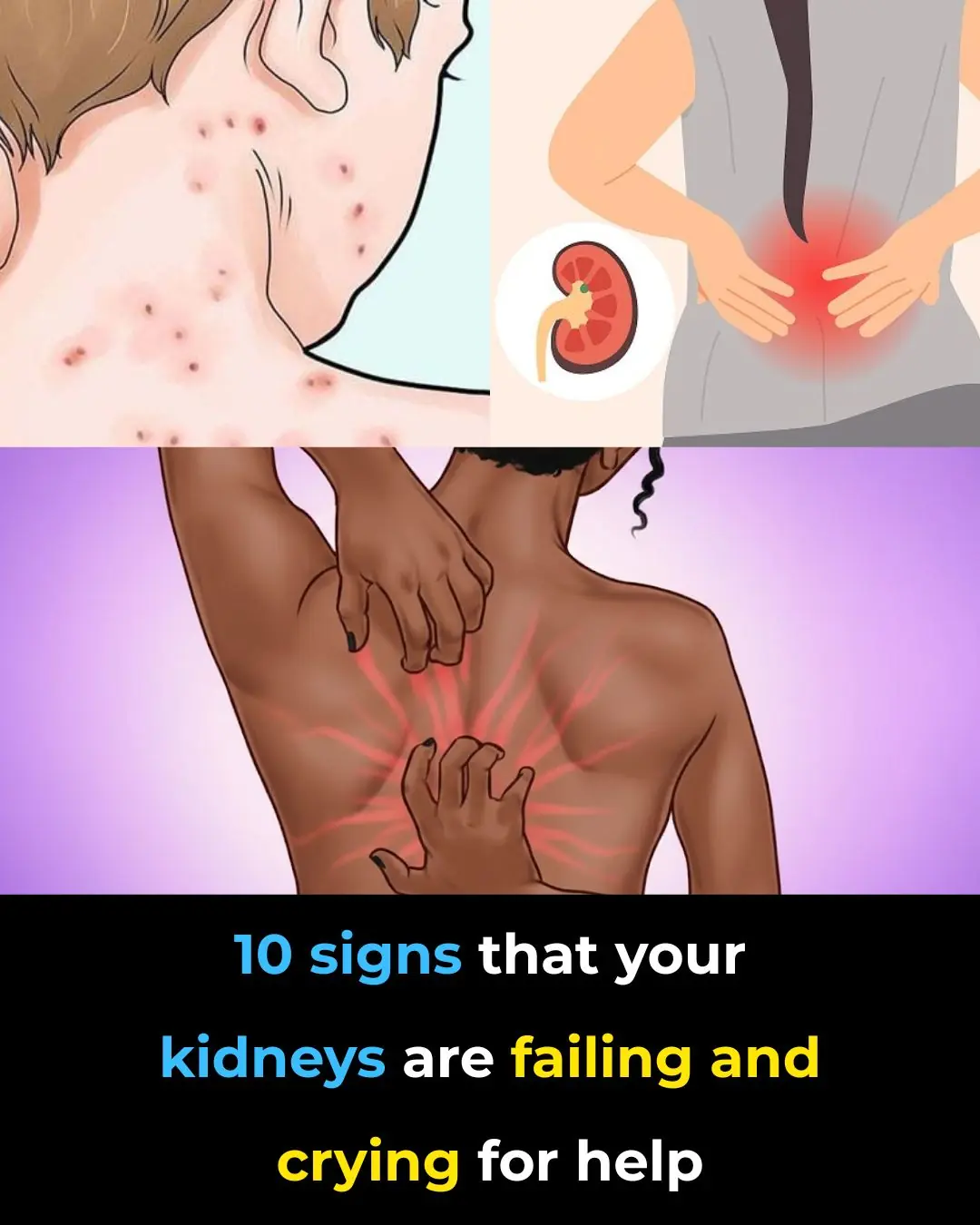
10 Warning Signs Your Kidneys May Be in Danger
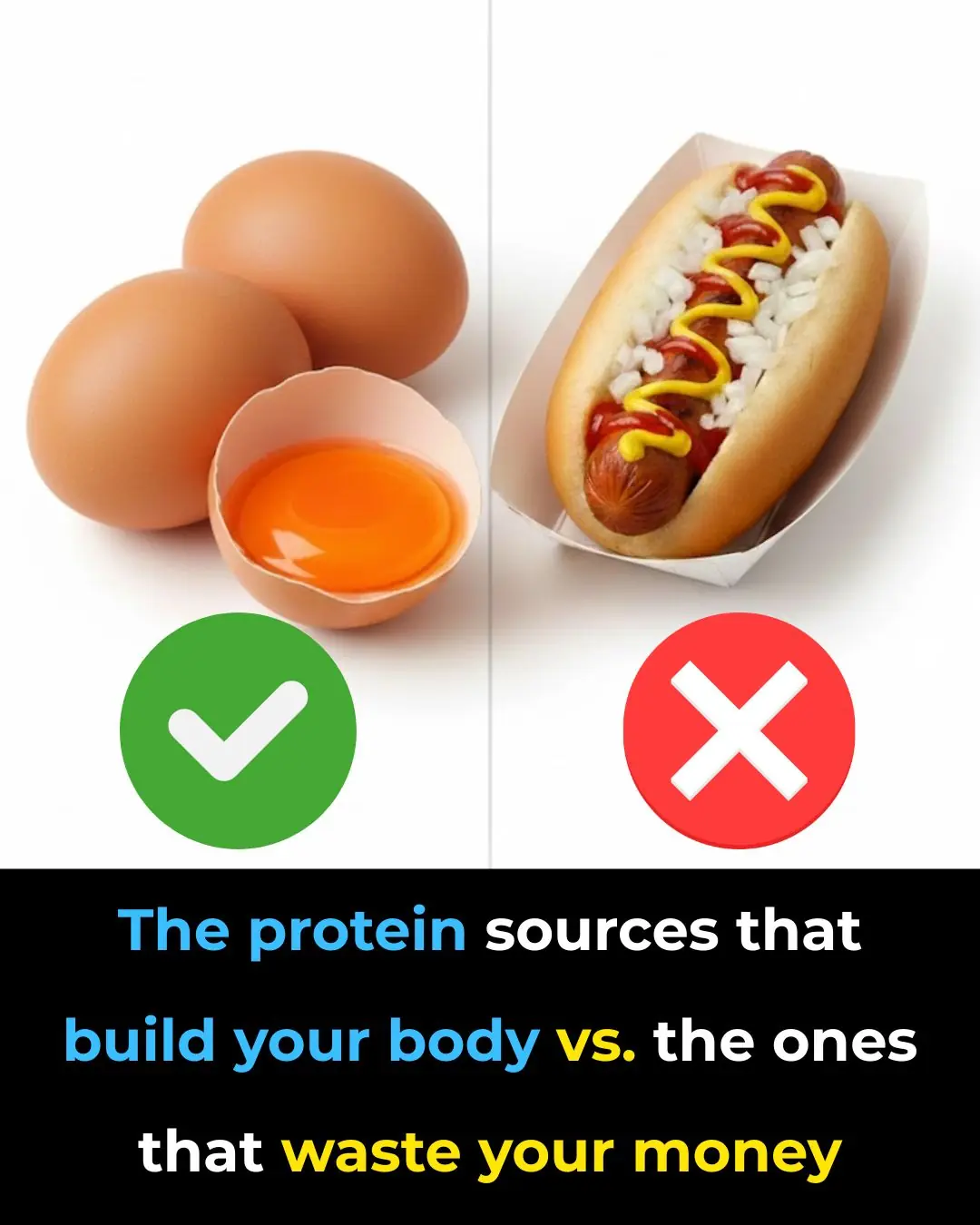
The protein sources that build your body vs. the ones that waste your money
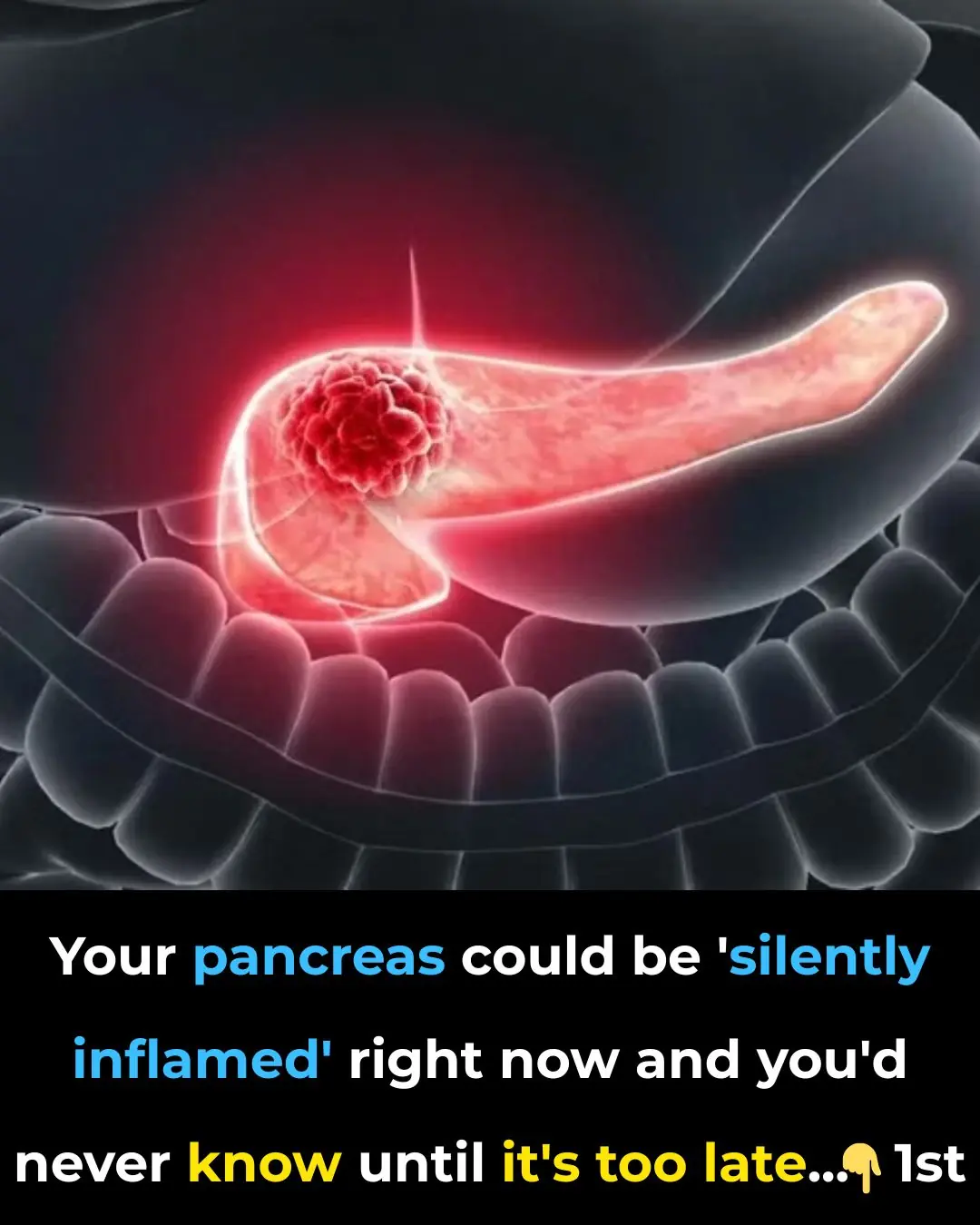
Your pancreas could be ‘silently inflamed’ right now and you’d never know until it’s too late
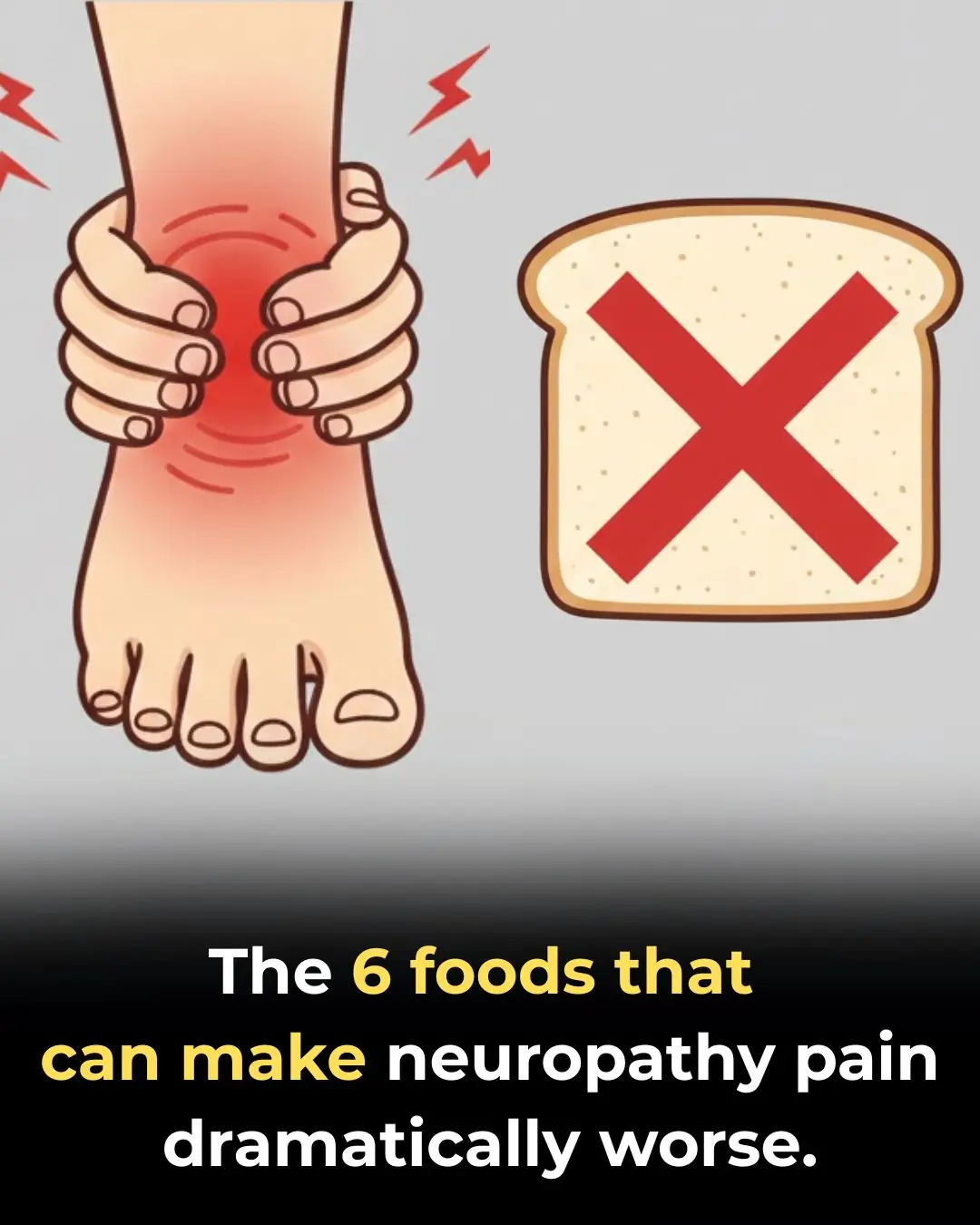
6 Trigger Foods That Cause Agonizing Pain If You Have Neuropathy

The 5 foods that quietly fuel diabetes — and what to avoid to help reverse it
News Post

What if you ate 4 eggs a day with the yolks for 30 days?

You’ve Been Taking The Wrong Type of Magnesium All This Time

This Salt, Pepper and Lemon “Miracle-Mix” Can Help Solve 9 Problems

Tooth Decay Repair with Natural Remedies: Can Guava Leaves Help?

Onion Oil for Hair: The Smelly Secret to Long, Lush Locks

What does it mean to walk with your hands behind your back?
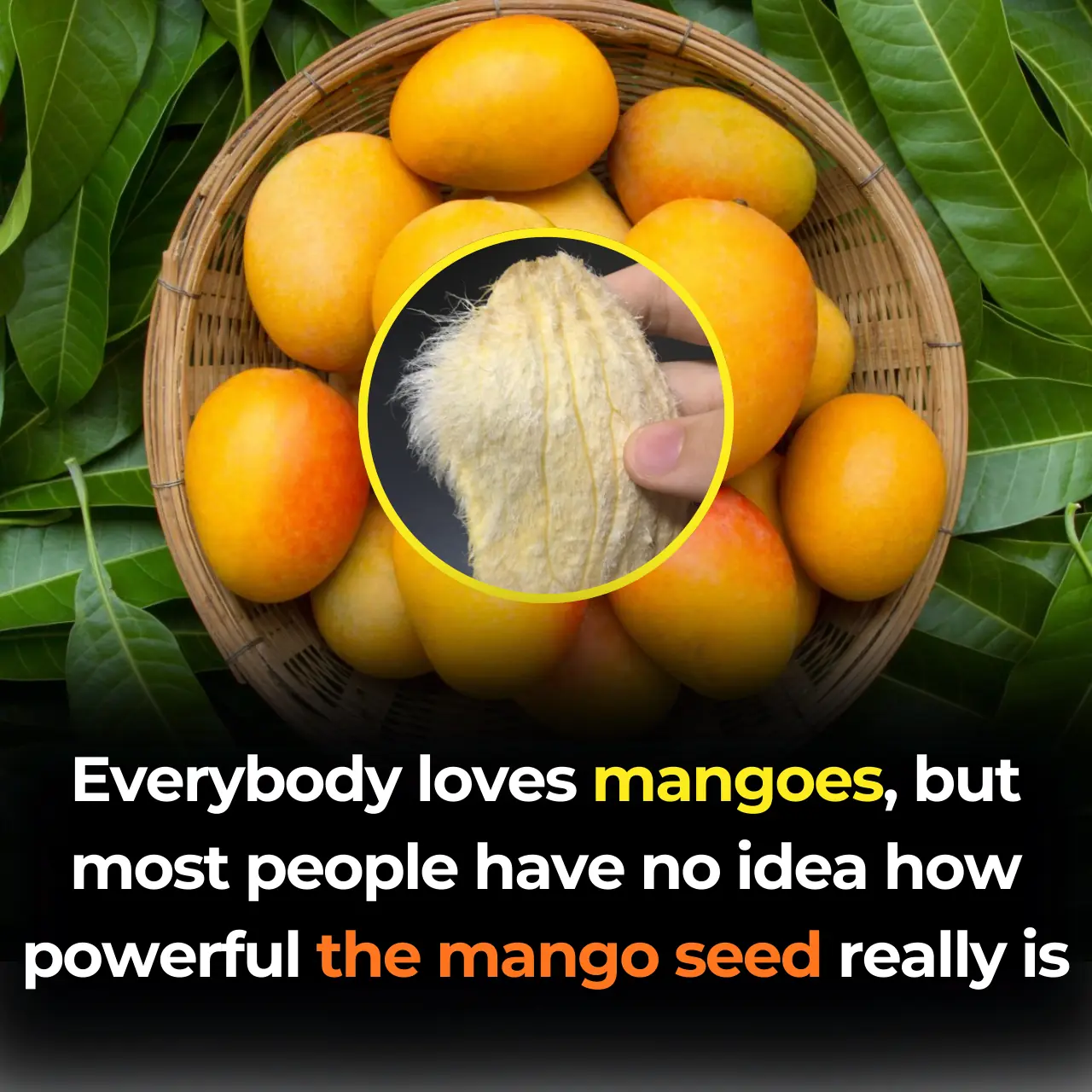
The Hidden Power of Mango Seed

Doctors Reveal What Really Happens When You Eat Avocado Every Day

Home Alone During a Heart Attack …5 Critical Steps That Could Save Your Life

Rice Baby Oil Collagen Cream For Wrinkle Free Glowing Skin
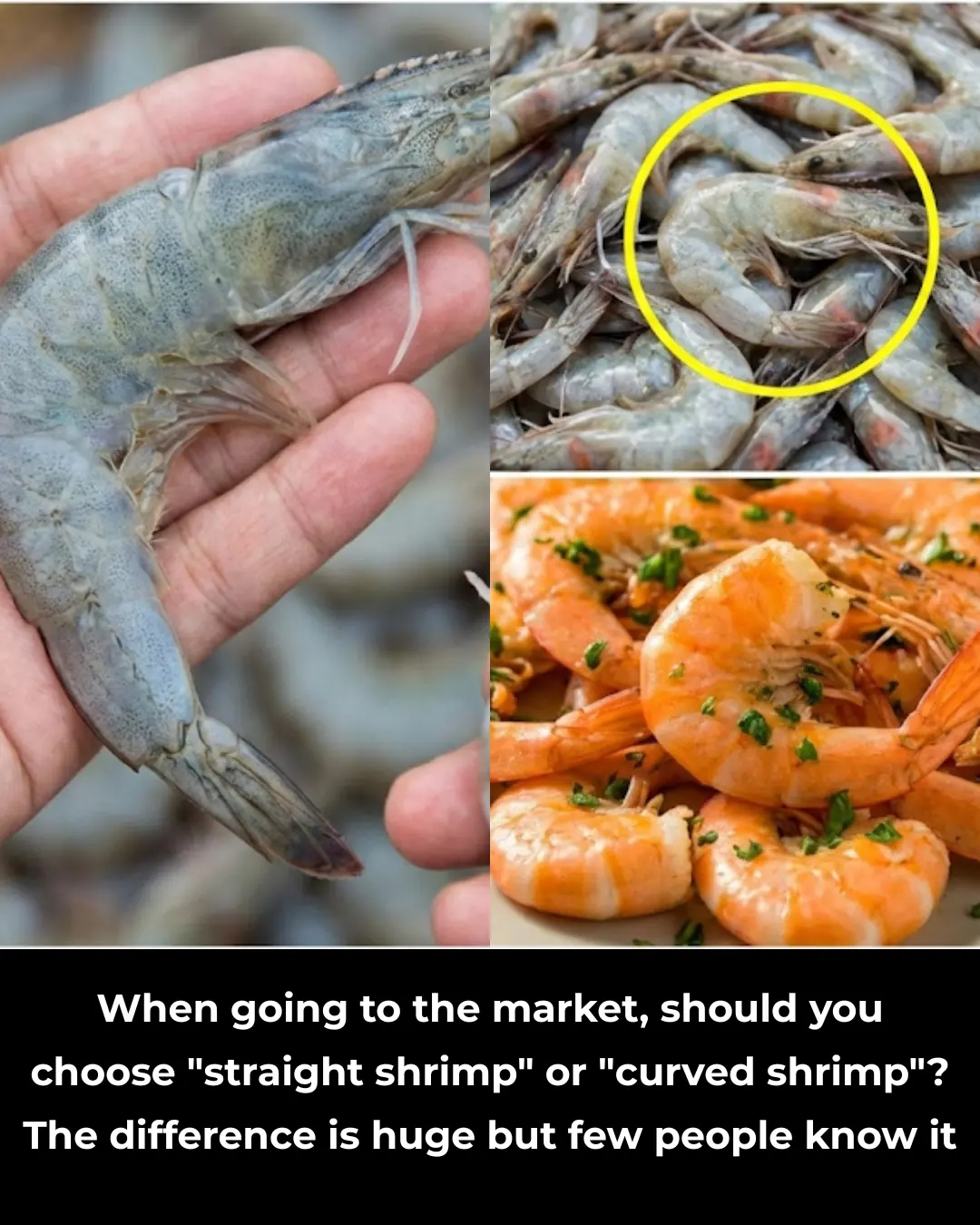
When Buying Shrimp: Should You Choose Straight or Curved Ones? The Difference Is Huge but Few People Know
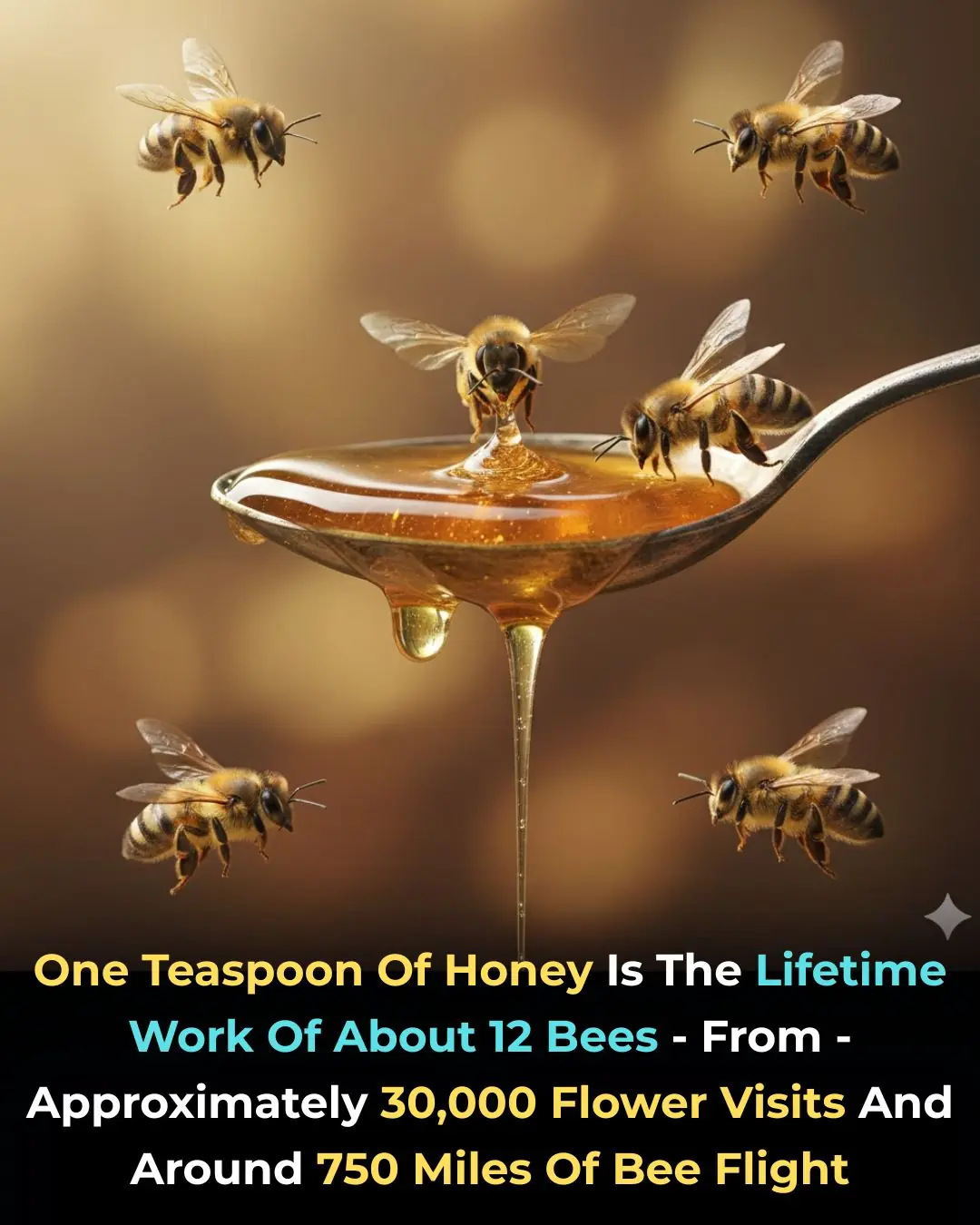
Tiny Wings, Mighty Legacy: How Bees Create Honey and Sustain Life on Earth
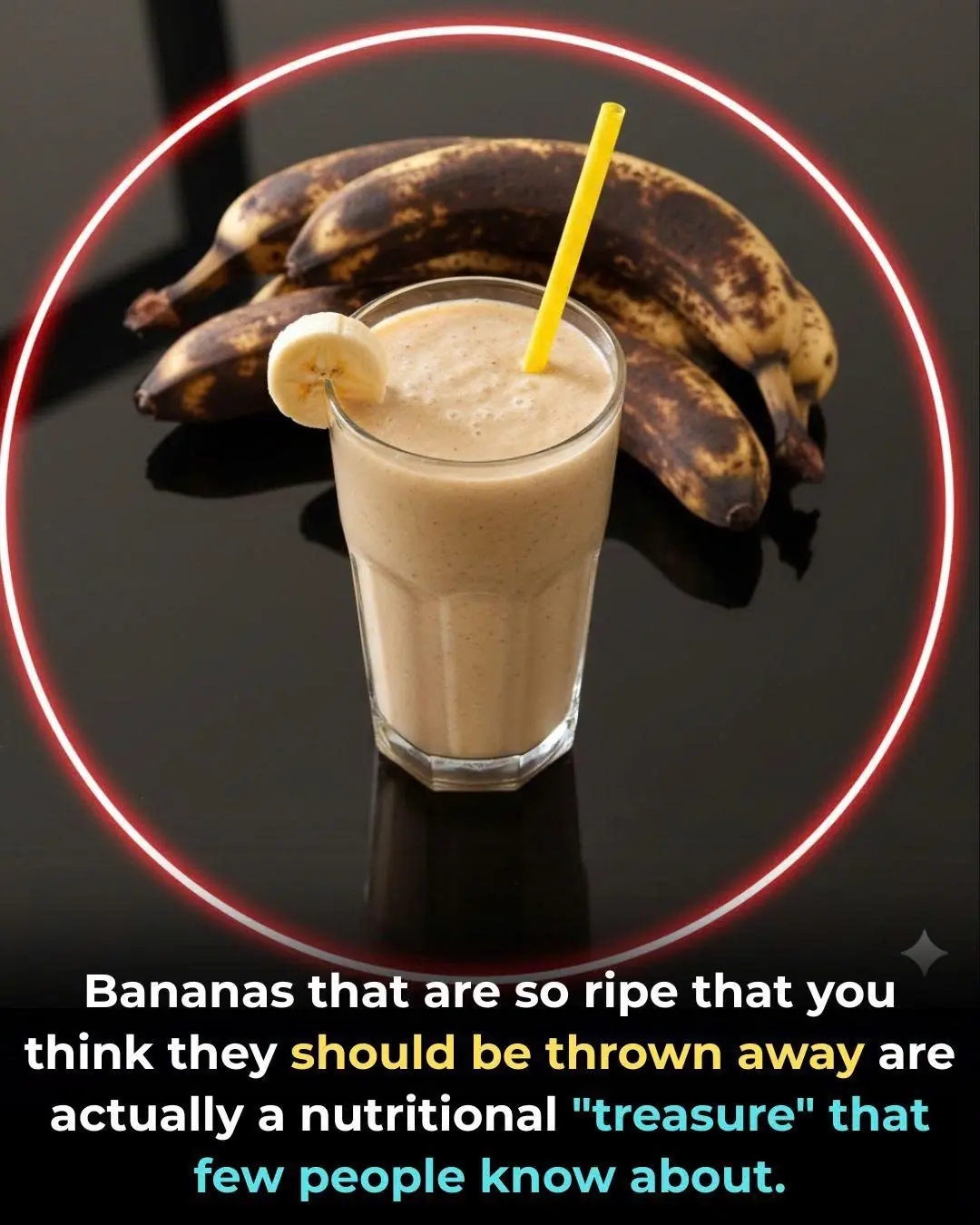
Don’t Throw Away Overripe Bananas – The Black-Spotted Ones Are a Nutritional Treasure

Hawaii Is Releasing Mosquitoes From Drones — And It Could Help Save Species From Extinction
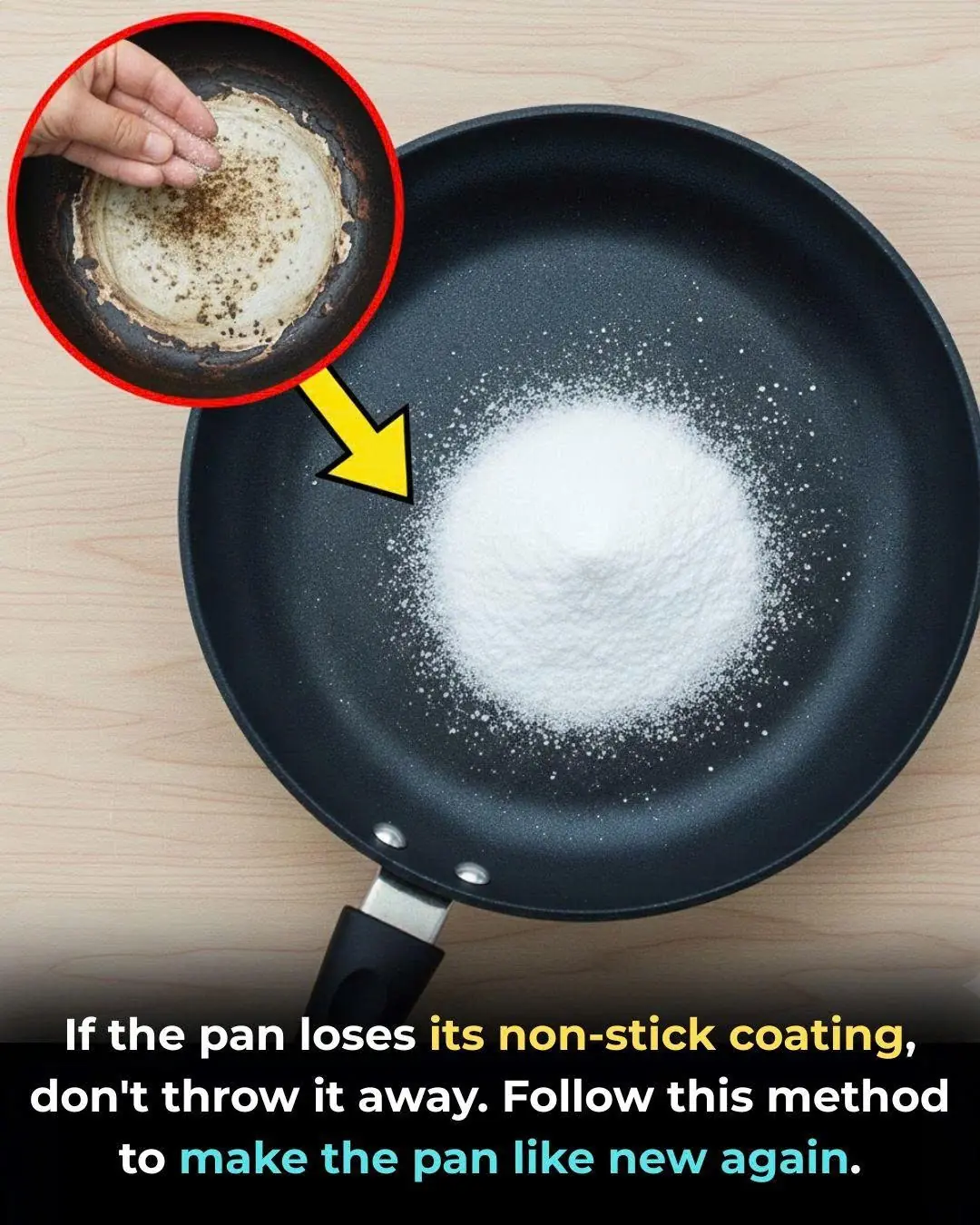
Your Non-Stick Pan Lost Its Coating? Don’t Throw It Away – Here’s How to Use It Like New

Superfetation: The Rare Phenomenon of Becoming Pregnant While Already Pregnant
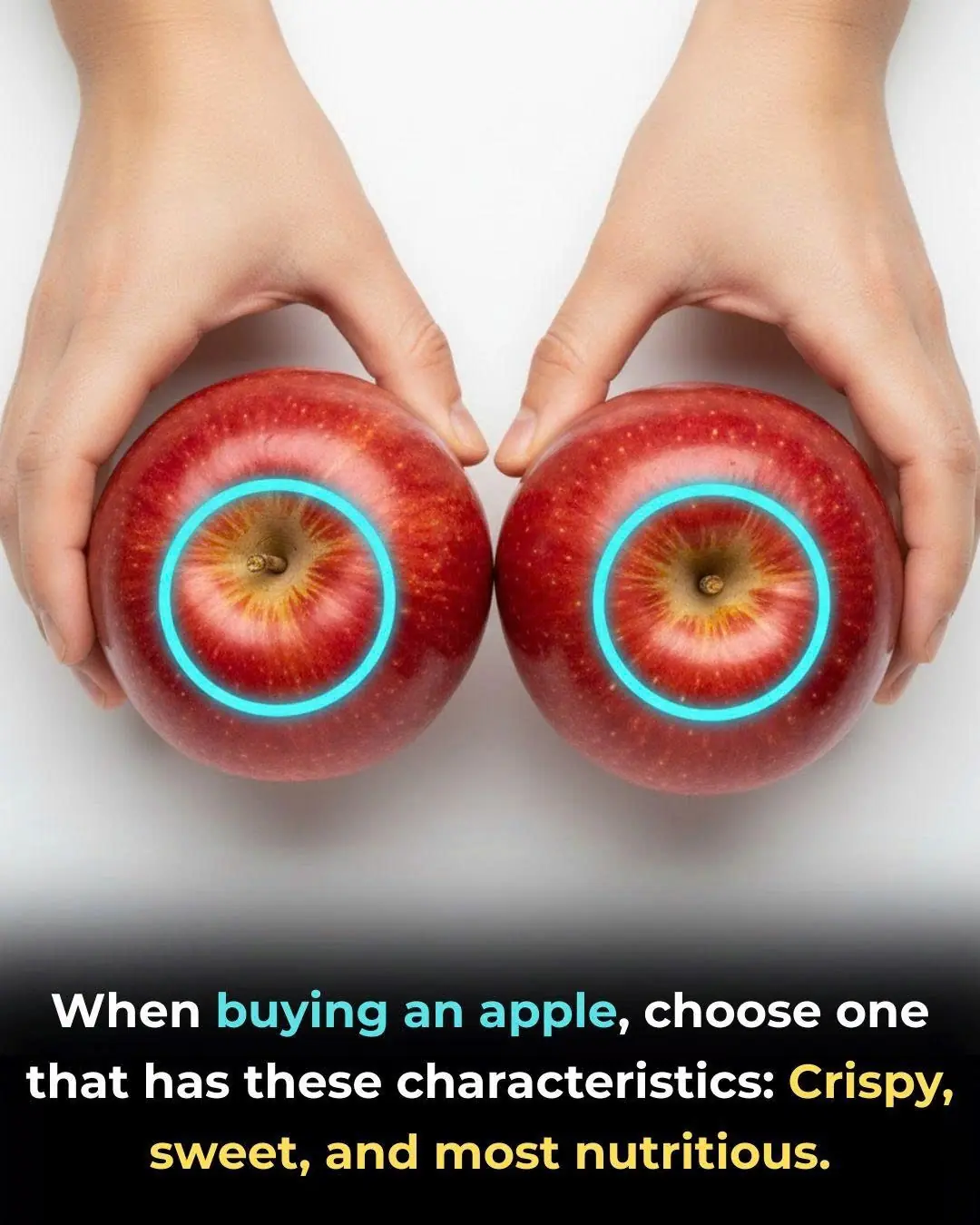
How to Choose the Best Apples: The Crispest, Sweetest, and Most Nutritious Ones (Updated for Nov 11, 2024)

When a married woman is obsessed with another man, she does 9 things.
